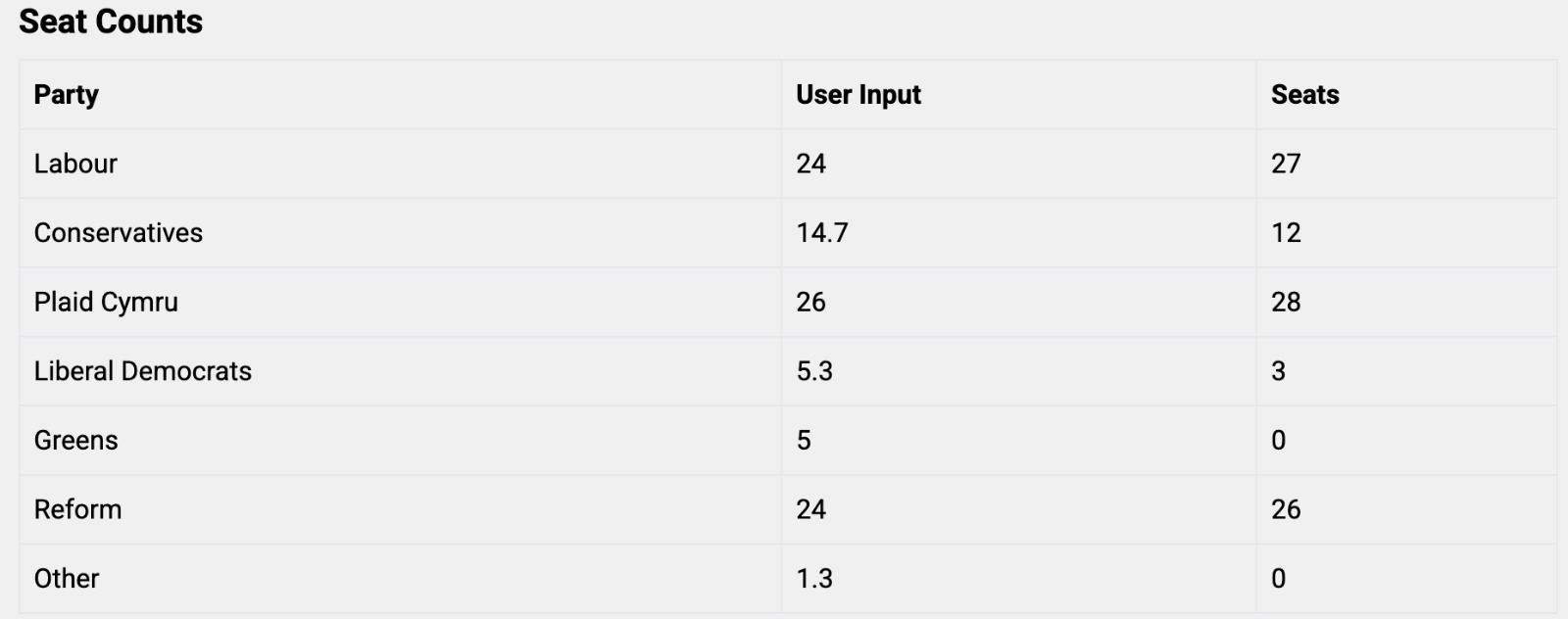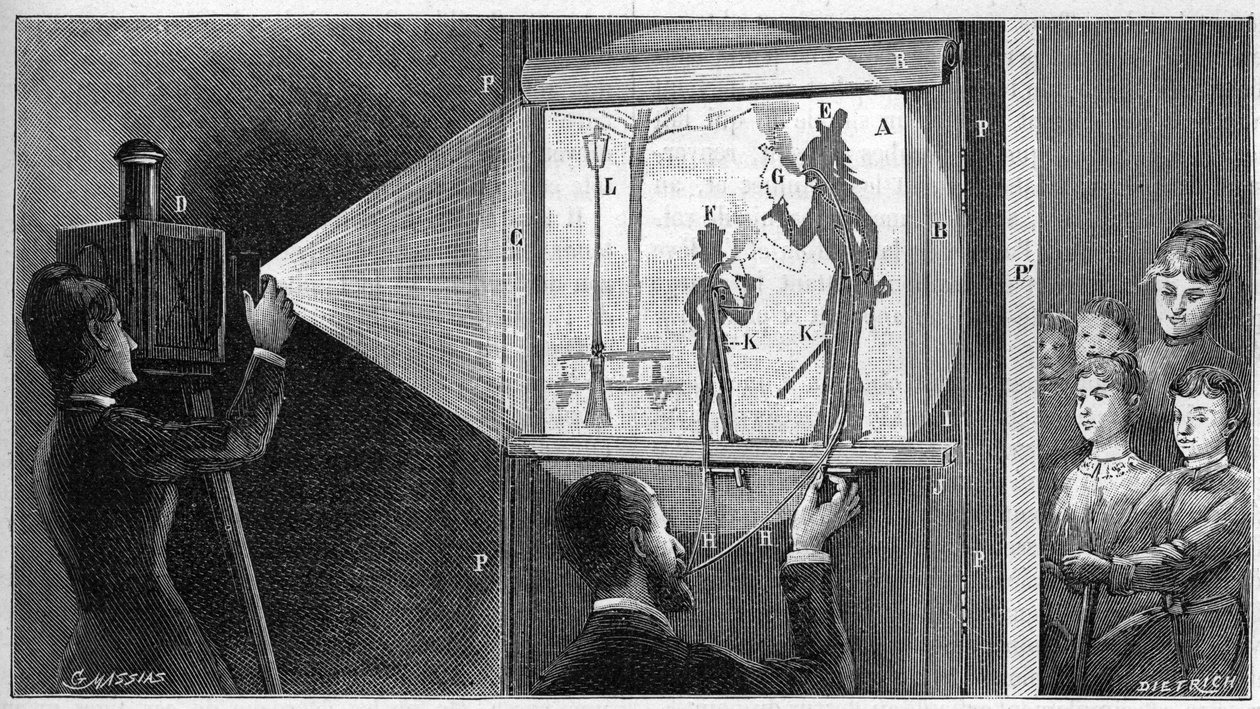For the first time Scotland, Wales and Northern Ireland will all be using different electoral systems. This is a quick explainer of what they are and how the projection deals with each.
Scotland
Scotland will continue to use the Additional Member System (AMS) that it was given in 1999. This has two ballots, one for a regional list and one for a local constituency.Of all the estimates in this website the Scottish constituency ballot is the most complicated to estimate. Local factors can have big impacts in some constituencies which are masked by national vote shares and parties may gain considerably more support in one part of the country but lose support in another. This is very difficult to model as users can only input national vote share which lacks nuance. Asking users to input lots of different vote shares could be more accurate but would be tedious.
This is exacerbated because the 2021 results which are the baseline of this projection are not ‘real’ results because of boundary changes. On the Senedd’s list ballot and Stormont’s Single Transferable Vote (STV) this isn’t as big of a problem because there are multiple winners - the second placed party can win a seat too so the order isn’t crucial.
If you have just a single winner it can create some very large misses if you consistently under-or-overestimate one party and the race is close in many constituencies. We indicate very close races on the map with hatch marks coloured by the second largest party.

A knife edge projection with SNP leading the Conservatives in Aberdeenshire West
Helpfully, Scotland’s list ballot is quite proportional which means that some errors on the constituency side are cancelled out in the overall results. So we have more confidence in our overall numbers.
Wales
Wales will use a pure list system going forward. Wales will be split into 16 constituencies and each will have 6 seats. We use baseline estimates from 2021 and amend them based on user input, the system is quite proportional.
An early Senedd projection
Small parties can miss out on winning any seats if they don’t have at least one constituency where they hit around the 12% mark. The Greens are the most likely to fall afoul of this, but it could even happen to the Lib Dems! Large parties receive a slight boost because small parties miss out.
Northern Ireland
For Northern Ireland’s STV, the most complex factors are transfers and party strategies. Some parties have historically attracted transfers from voters of a broad range of parties. In particular the SDLP and Alliance can get a solid number of transfers from most parties across the unionist-nationalist divide, whilst the TUV and Sinn Féin tend to only pick up significant transfers from the DUP and SDLP, respectively. Transfers are key for smaller parties to reach the ‘quota’ for election, which is set at 16.7% in Northern Ireland.
This can mean that the more ‘transfer friendly’ parties can win seats with considerably fewer first preference votes than ‘transfer toxic’ rivals. An excellent example of this came in 2022 when a TUV candidate failed to win a seat in Strangford despite starting out with 12.7% to an Alliance candidate with just 6.9%. Modelling this is difficult but we have tried to mimic real life by distributing votes based on historic trends, this is a dynamic system which adapts to which parties are still in the race and which are not.
The methodology will continue to evolve as the elections approach to improve accuracy, remove bugs and to adapt to party strategies. As a result, the seat numbers being projected by a given set of vote shares could be different in a few weeks.
In particular, some parties like the Scotland’s Greens and Alba. For the sake of allowing users to play around with hypotheticals, we assume that they will stand in every constituency until told otherwise.
In the list systems of Scotland and Wales every party will put up as many list candidates as there are seats, the last placed candidate would need the party to win 80% of the vote but there’s no downside to putting their name down anyway. In Northern Ireland this isn’t so simple, adding new candidates can spread your vote too thinly and hurt your chances of winning any seats.

A Green tsunami adds bonus candidates
Because we don’t know how many candidates each party intends to stand in 2027, our system automatically adds new candidates if the party has a high enough share of the vote. This will be turned off close to the election when we know the real number of candidates.
*This article will be updated occasionally as we improve our methodology.
